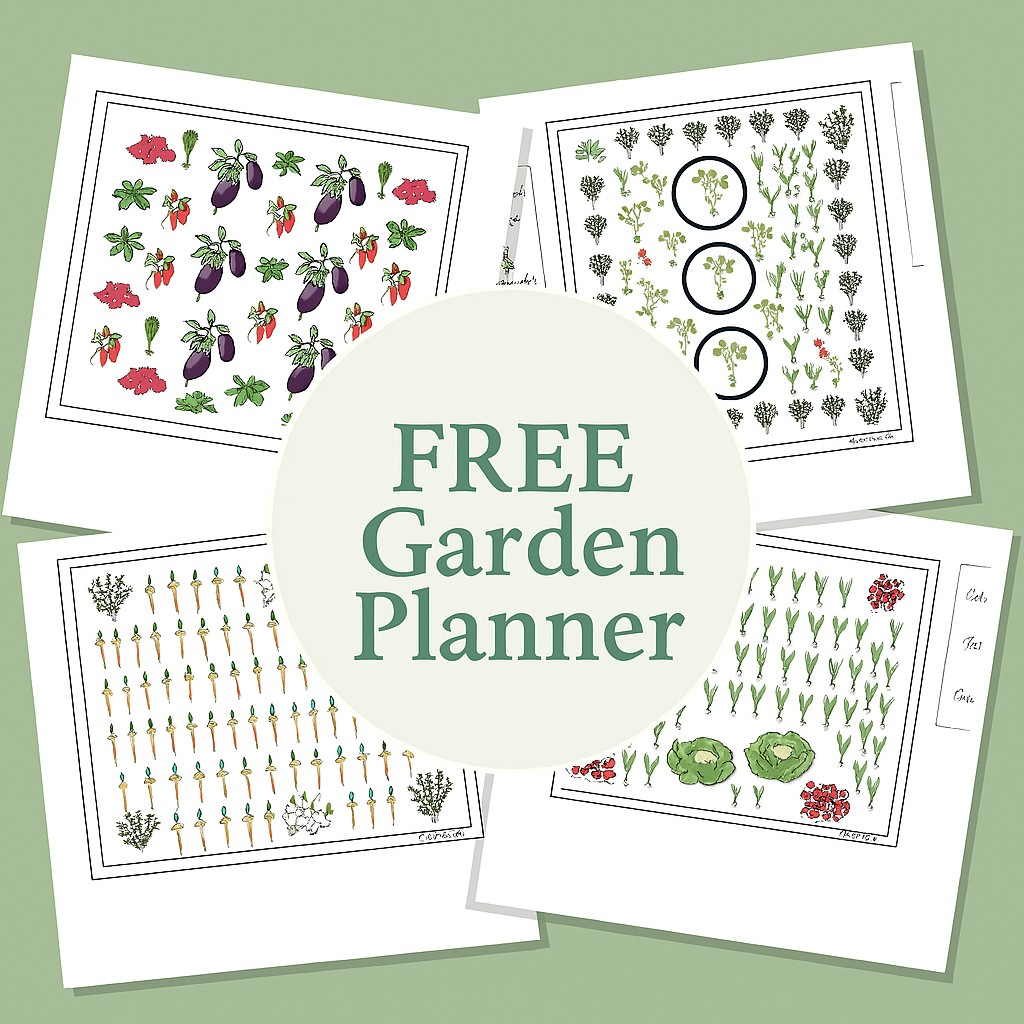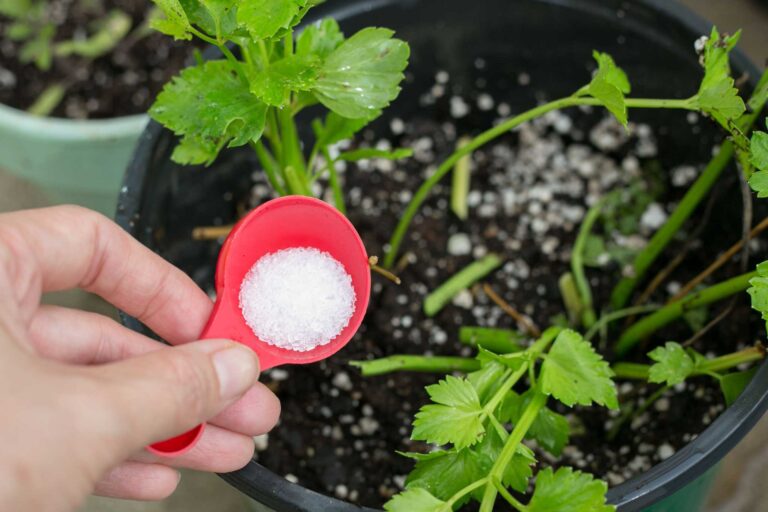What NOT To Plant Near Strawberries (And Some Things You Can)
There’s nothing like the taste of homegrown strawberries—especially when you pick them warm from the sun, still holding that summer scent.
But before you start dreaming about strawberry jam and garden-fresh desserts, here’s a heads-up: strawberries can be a little fussy about their neighbors.
I found this out the hard way. I thought tossing in a few herbs and leafy greens around my strawberry bed would make everything look lush.
Instead, I ended up with some scraggly plants and way too many pests.
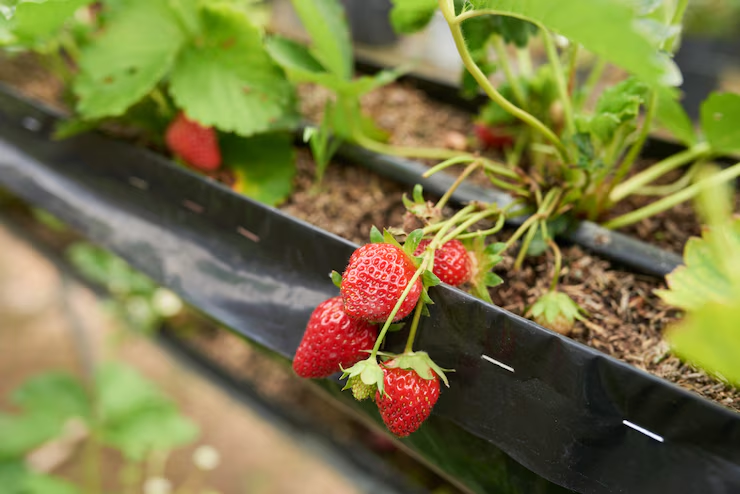
Why Companion Planting for Strawberries Matters
You might’ve heard the term companion planting for strawberries tossed around in gardening groups or books.
It’s basically the idea that certain plants grow better together—and others, well, don’t.
Strawberries, with their shallow roots and sweet fruit, can attract all kinds of bugs and diseases. So who you plant next to them really matters.
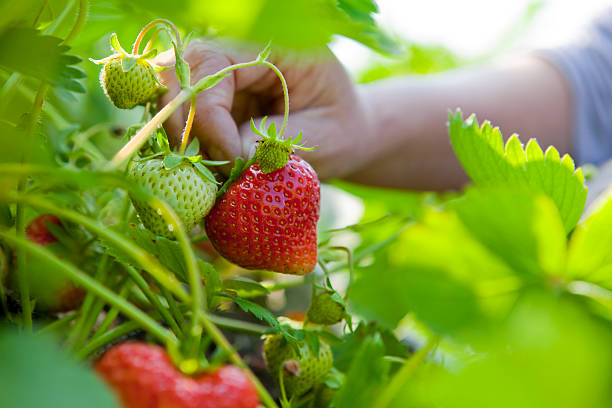
And if you’re growing strawberries in containers or trying to figure out how many strawberry plants per person to grow for a decent harvest, every little bit of space counts.
What Not to Plant Near Strawberries
Here’s the short list of troublemakers. These are plants that either attract pests, bring disease, or compete with strawberries too much.
- Cabbage family (broccoli, cauliflower, kale, etc.): Brassicas tend to attract the same pests and don’t vibe well with strawberries.
- Tomatoes and peppers: They’re prone to verticillium wilt, a fungal disease that can jump between crops.
- Potatoes and eggplants: Same issue. They mess with the soil and don’t give strawberries a fair shot.
- Melons and cucumbers: They take over, literally. Strawberries can’t compete with their aggressive vines.
Basically, if it’s heavy-feeding or disease-prone, it might not play nice with your strawberries.
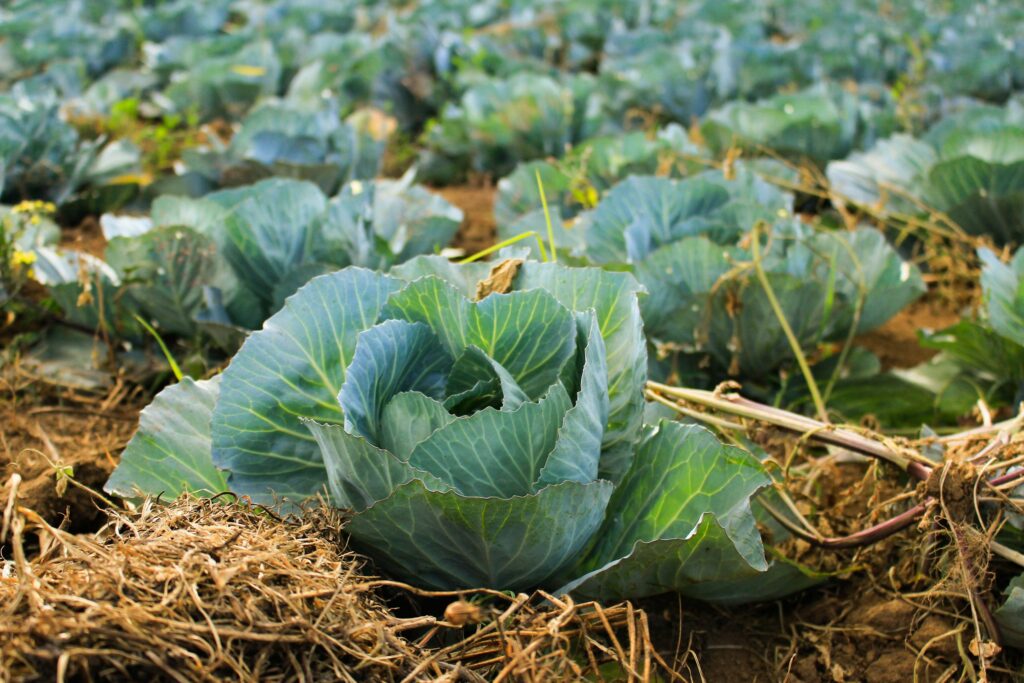
What Can You Plant With Strawberries?
Now for the good news—there are some companions that do a great job protecting your strawberries or improving the soil.
- Lettuce and spinach: They have shallow roots and won’t compete for nutrients.
- Onions and garlic: Natural pest repellents. A few tucked between rows can make a big difference.
- Beans: These guys fix nitrogen in the soil, giving strawberries a bit of a boost.
- Thyme or borage: Both deter pests and attract pollinators. Plus, they look great!
If you’re planting strawberries in raised garden beds or containers, tucking in a few of these companions can make your little patch more productive—and prettier, too.
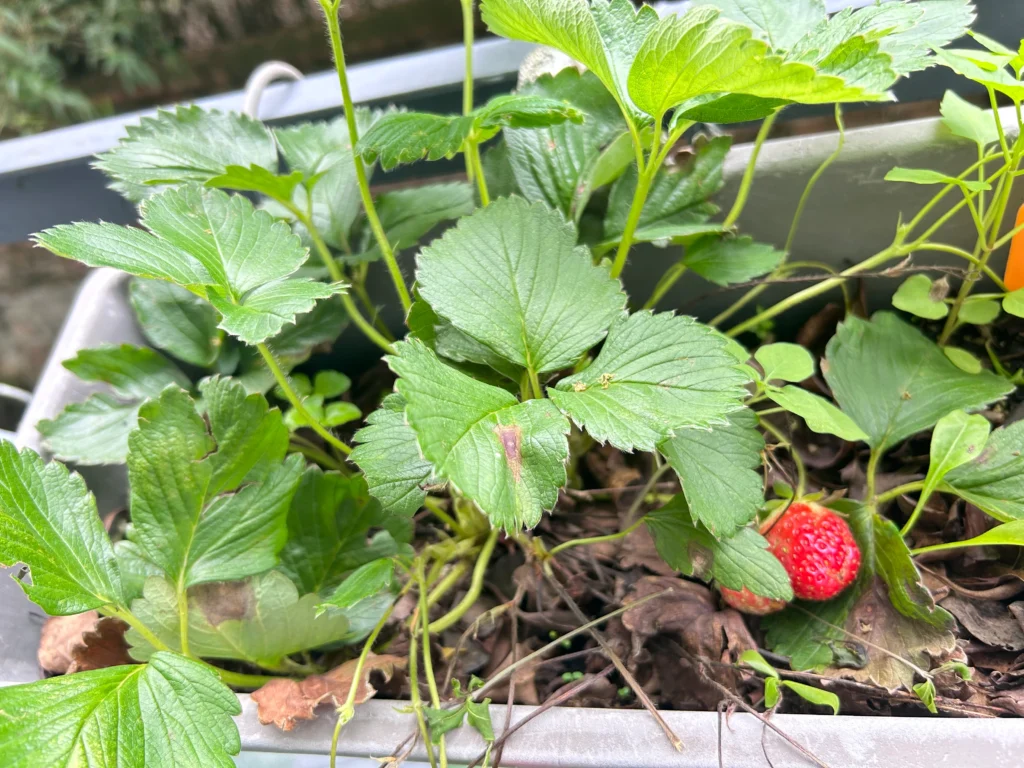
Growing Strawberries in Containers or Small Spaces
If you don’t have much space, strawberries still do great in pots. In fact, growing strawberries in containers can help avoid some of those soil-borne issues from neighboring crops.
Just give them full sun and regular water, and they’ll reward you.
A small hanging pot or vertical planter can hold a surprising number of strawberry plants.
Wondering how many strawberry plants per person to grow?
Around 5–10 per person is a good start if you want enough for fresh eating. More if you’re hoping to freeze or jam them.
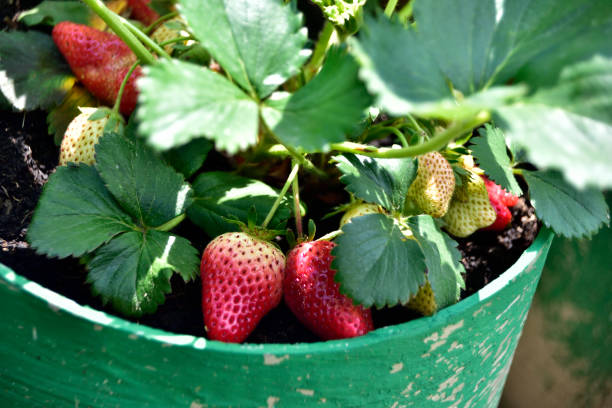
When (and How Far Apart) to Plant Strawberries
A lot of folks ask when to plant strawberries, and it totally depends where you are.
If you’re in the South like NC (North Carolina), late fall or early spring is your sweet spot. The plants love cool starts and settle in before the heat ramps up.
As for how far apart to plant strawberries—about 12 to 18 inches is the usual rule.
You want to give them space to spread, but not so far they feel lonely. Too close, and airflow suffers (hello, mold). Too far, and weeds sneak in.
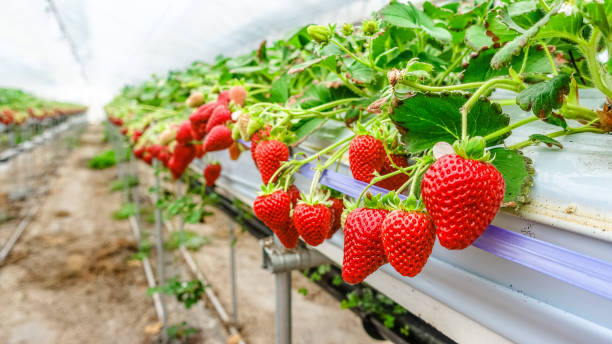
A Few Final Tips for Happy Strawberry Beds
If you’re building out a bed, try a DIY raised garden bed for vegetables and berries.
It makes maintenance easier and keeps the runners in check. Mulch helps too—straw is classic for a reason. It keeps the berries clean, holds moisture, and stops weeds.
And if you’re just starting out, don’t worry if things don’t look perfect the first season. Strawberries are a bit like wine—they get better the second year.
